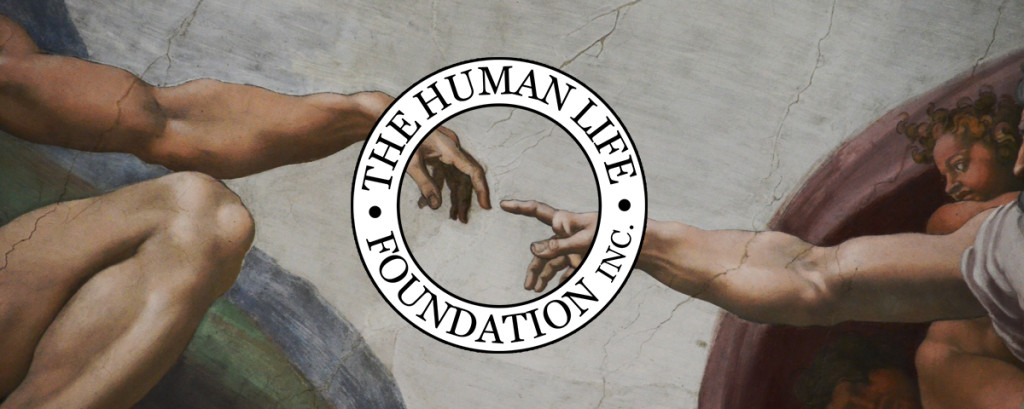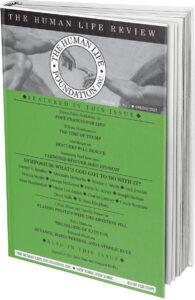Heritage and Culture
Following the natural order of things, my paternal great-grandfather died well before I was born. I bear the same name he did, except, of course, he was Pietro. A Calabrese who left his homeland for the confounding strangeness of this new world, he came over on the SS Virginia, setting sail on February 11, 1910, from the Port of Naples. This patrilineal cohort was, as far as I can tell, the only group of ancestors that didn’t hail from Sicily. If it was employment that brought Pietro to this country, I can’t say, as he appears to have sprung from the party branch of the family tree. I have the sense the guy was a drunk. And there was an aunt who married into the family who couldn’t stand the Pavias. Maybe that’s why.
Pietro settled in Rochester, New York, where there was work in clothing manufacture and other light industry, preferable, I’ve got to think, to the death-defying labor thousands of other immigrants found in the coal mines of Pennsylvania. In any event, a southern Italian diaspora grew up around the parish of Our Lady of Mount Carmel on Woodward St.
We have St. Simon Stock (who died in 1265) to thank for the Blessed Mother’s title of Our Lady of Mount Carmel. A young man of religious leaning, Simon made a pilgrimage to the Holy Land (Mount Carmel is in present day Israel; its Old Testament echoes are of the prophet Elijah) where he met and joined a rough-hewn group of monks. When the Saracens then holding power in the region ejected the monks, they departed for Europe, where their Carmelite order grew along the lines of the Dominicans and Franciscans. Legend has it that Simon experienced a vision of the Virgin Mary during which she promised him that whoever wore the brown scapular of the Carmelites would have a place with her in heaven. My Oxford Dictionary of Saints notes drily that there is little contemporary evidence of Simon’s experience, but this isn’t history—it’s heritage.
I can’t claim that any of the men on that side of the family were especially religious, and it’s hard to picture Pietro with a rosary between forefinger and thumb. Still, there is a similarly dedicated church near the docks in Naples, and before embarking, the faithful would have stepped inside to pray for safe passage or to light a candle in hope. Was Pietro among them? When these pilgrims set out to sea, their last visible glimpse of home before the land receded into the horizon would have been of the steeple of that church.
The Rochester parish was founded in 1904 to serve these recent arrivals. The present church, built in 1929 though now permanently shuttered, casts a long shadow over my lineage: baptisms, First Holy Communions, funerals; one set of grandparents were married there. Well into my adult years, I learned that virtually every Italian-expatriate community in the United States had its own Our Lady of Mount Carmel, but I believe there is no more vibrant devotion to her than in my adjacent Brooklyn neighborhood of Williamsburg. Her feast day, July 16, is concelebrated here with that of St. Paulinus, an early Christian convert who is bound tightly to the history of southern Italy.
This is where it gets complicated. Named Bishop of Nola (now a suburb of Naples) in 409, Paulinus is said to have gone off to Africa to offer himself to the Vandals in ransom for the kidnapped son of a widow. Once the kidnappers learned of his status, they returned him to his people aboard a boat captained, or so the story goes, by a Turk. The bishop was met onshore by a grateful flock bearing lilies.
Each year, a member of the community is selected to play the part of the Turk, and the legend is reenacted. A boat set upon a platform is carried by dozens of men; the Turk, a “sailing crew,” usually children, and, appearing in statue on a higher deck, an implacable, majestic Paulinus. A second platform supports the Giglio, a metal tower over 60 feet high weighing four tons. Adorned with panels that depict angels and saints, it’s a direct descendant of the feast of Nola, which features shorter wooden obelisks, a celebration that grew in popularity in the 19th century to express love for, and devotion to, this patron. (Giglio means lily in Italian). This massive, engineered structure, bearing a pair of MC’s and the church’s pastor—not to mention a full band—is also lifted off the ground to meet the boat, feats of collective and individual strength which must be seen to be believed.
The feast, featuring live music and Sicilian soul food, sausage, peppers, zeppole, carnival rides and carnival games, fills several Williamsburg blocks with throngs of people, faithful and not. The celebration is religious but raucous, solemn yet silly and over the top, sacred and slightly profane, which is to say it is very, very human.
In his homily during July 7th’s Coronation Mass, in which the statue of Our Lady of Mount Carmel is crowned to signify the beginning of the feast, Bishop Richard Henning noted that there is a penitential aspect to the bearing of the Giglio, and the act serves as a physical reminder that everything worthwhile in life is hard. Nothing of true value comes easily. I rolled right into my annual novena with the writing of this sketch; I wear the scapular. And this year, for the first time, I count myself among the scores of lifters of the Giglio, with my Italian-American brothers, but critically, with brothers of several other ethnic stripes. Strength is our diversity.
I cannot help but love my forebears, including old Pietro, sailing to America all those years ago and carrying with them a heritage and culture as rich as any other in the vivid patchwork that is this great country of ours. In a blog here a few weeks back, a friend of mine asked, rather plaintively I thought, “Is my inheritance also my legacy?” In this case, I hope it is.










Another great read Peter….. I am continually impressed with your writing style. It’s so eloquent and informative. What an interesting heritage
What a lovely compliment. I am fortunately situated, being able to write this stuff. Thank you, and thanks for reading.
A very unique voice always utterly eloquent and informative, not to mention entertaining.
Good job
Peter: We are new friends on FB and I am friends with your brother. I am also of Italian heritage and thoroughly enjoyed this piece. Thank you!
Pingback: The Human Life Review The Core of the Gambler - The Human Life Review
Enjoyed reading this..although not Italian by Birth, I considered Myself part Italian through the Love I have experienced from Friends, and “Sistas” in Soul, if not blood, the affection You have in :a Familia is palpable in Your Words…a FB Friend of a few Months…
Pingback: The Human Life Review Patron for the Ages - The Human Life Review